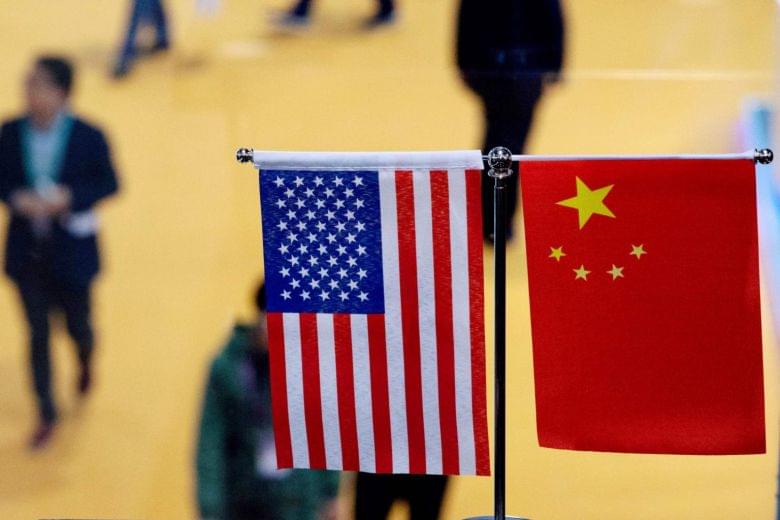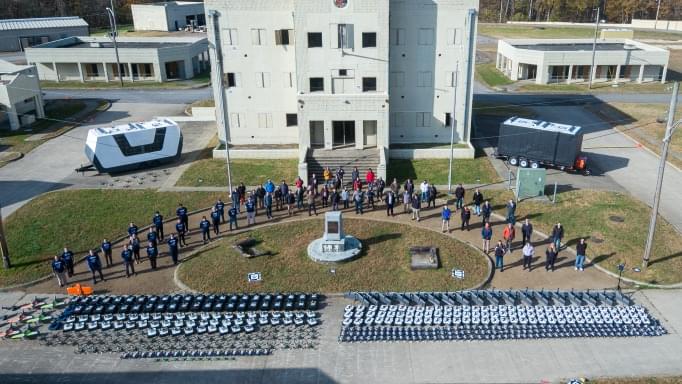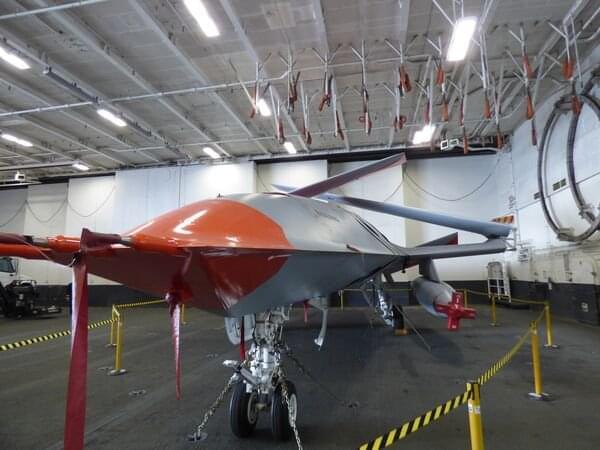Computer engineers at Duke University have developed a new AI method for accurately predicting the power consumption of any type of computer processor more than a trillion times per second while barely using any computational power itself. Dubbed APOLLO, the technique has been validated on real-world, high-performance microprocessors and could help improve the efficiency and inform the development of new microprocessors.
The approach is detailed in a paper published at MICRO-54: 54th Annual IEEE/ACM International Symposium on Microarchitecture, one of the top-tier conferences in computer architecture, where it was selected the conference’s best publication.
“This is an intensively studied problem that has traditionally relied on extra circuitry to address,” said Zhiyao Xie, first author of the paper and a Ph.D. candidate in the laboratory of Yiran Chen, professor of electrical and computer engineering at Duke. “But our approach runs directly on the microprocessor in the background, which opens many new opportunities. I think that’s why people are excited about it.”









